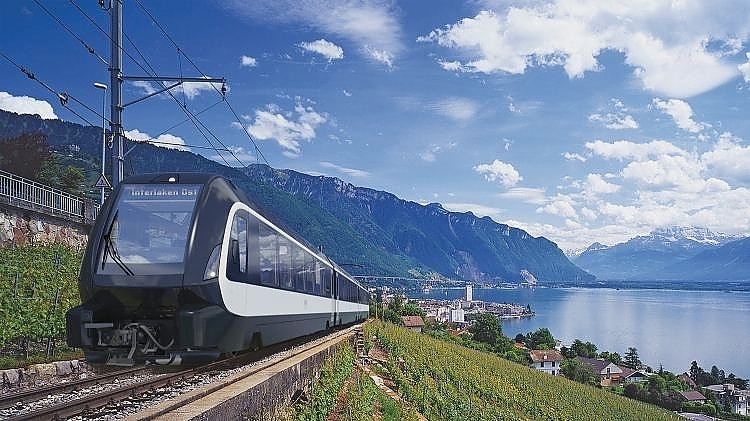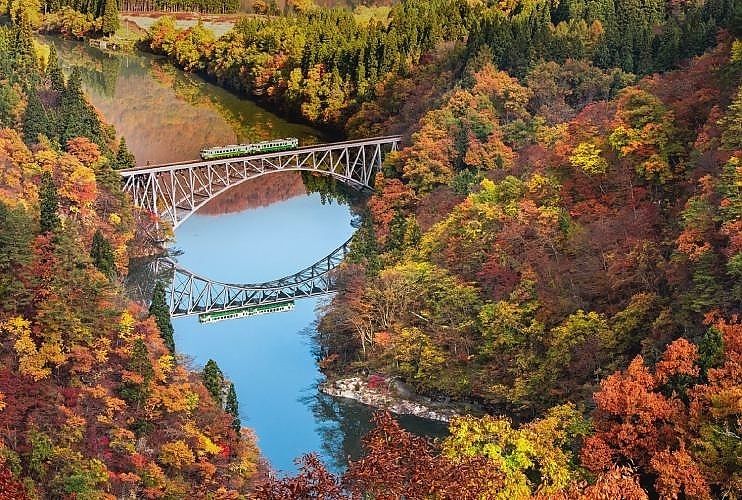Take a tour through the Kumano Kodo to experience the pilgrimage routes that lead you to the sacred sites with mysterious power.
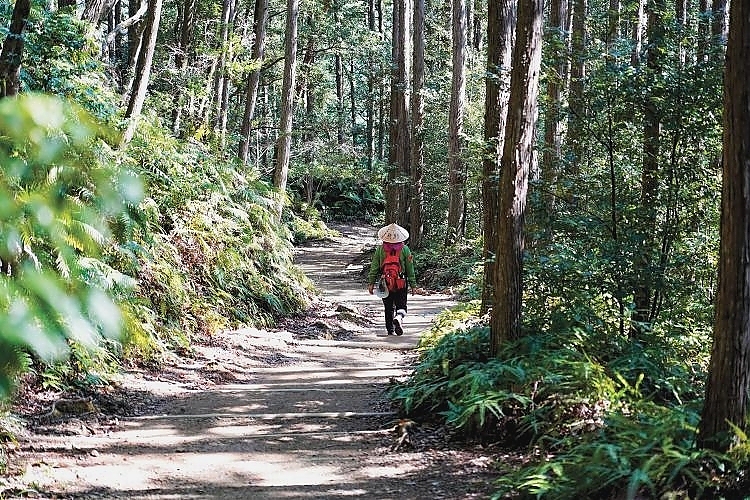
Since ancient times, the Kii Peninsula has been considered by people living in the Kansai region to contain many power spots, with hidden sources of strong and mysterious power. One of these power spots is located in Kumano. Kumano is considered one of the “Pure Lands” and it became a regular practice for Japanese people to make pilgrimages to Kumano.
The road they followed has become a World Heritage Site. In the whole world, there are only two pilgrimage routes registered as World Cultural Heritage sites: The pilgrimage route of Santiago de Compostela (registered in 1993) and “The Sacred Sites and Pilgrimage Routes in the Kii Mountain Range” (registered in 2004).
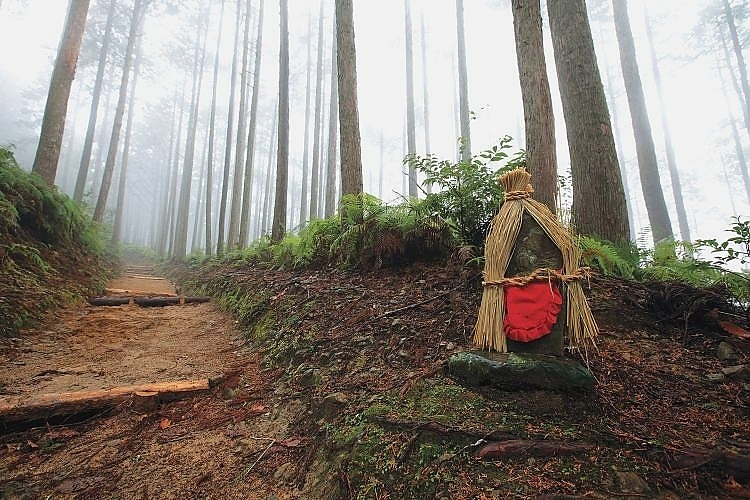
The Kumano Kodo pilgrimage routes have inspired pilgrims for over a thousand years. They lead to three sacred sites, offering them a chance to sense the very origins of spirituality in Japan, connecting the Kumano Sanzan, the three Grand Shrines at the heart of Japan’s spiritual culture—harmoniously blending the indigenous Shinto beliefs and Buddhism.
The Kumano Kodo passes through lush forests and isolated villages with panoramic mountain vistas. In the Kii Peninsula you can trace the steps of pilgrims past. Travelers can soothe their mind, body, and soul in the unique onsen (hot springs) along the way. It is said that these thermal springs are a source of purification and miraculous healing powers.
Recommended Spots
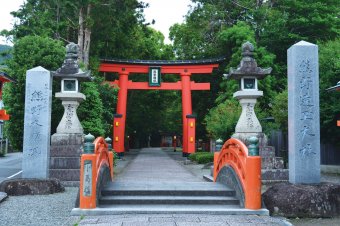
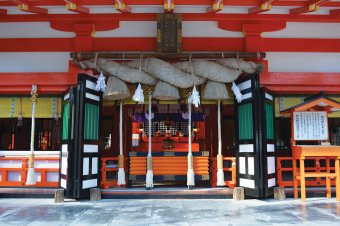
Kumano Hayatama Taisha Grand Shrine
Kumano Hayatama Taisha Grand Shrine is the head shrine of all the Kumano shrines located across Japan. It sits in an area known as “Shingu”, or “new shrine”. Within the shrine grounds stands the Nagi, a thousand-year-old sacred tree. Since ancient times, it has been customary for visitors to take home the Nagi’s leaves as talismans for travel, road safety, marriage and love.


Daimonzaka slope
Daimonzaka slope, part of one of Japan’s three ancient roads, the Kumano Kodo, is a picturesque sight with mossy paving stones surrounded by giant cedar trees. The stone torii gate and the vermilion-lacquered Furigase Bridge at nearby Nachi are said to be the point of separation between the sacred and secular worlds.


Kumano Nachi Taisha Grand Shrine
The shrine, sitting midway up Mt. Nachi, offers panoramic views of the surrounding mountains and the Pacific Ocean. It is highly photogenic: the vermillion of its torii shrine gate and buildings contrasts beautifully with the green mountain foliage. Nearby is Nachi Falls, a waterfall with a drop of some 133m, is a tangible reminder of how nature can be both awesome and sacred.
For more information, please visit:
www.facebook.com/Visit.My.Japan
www.instagram.com/visitmyjapan/



